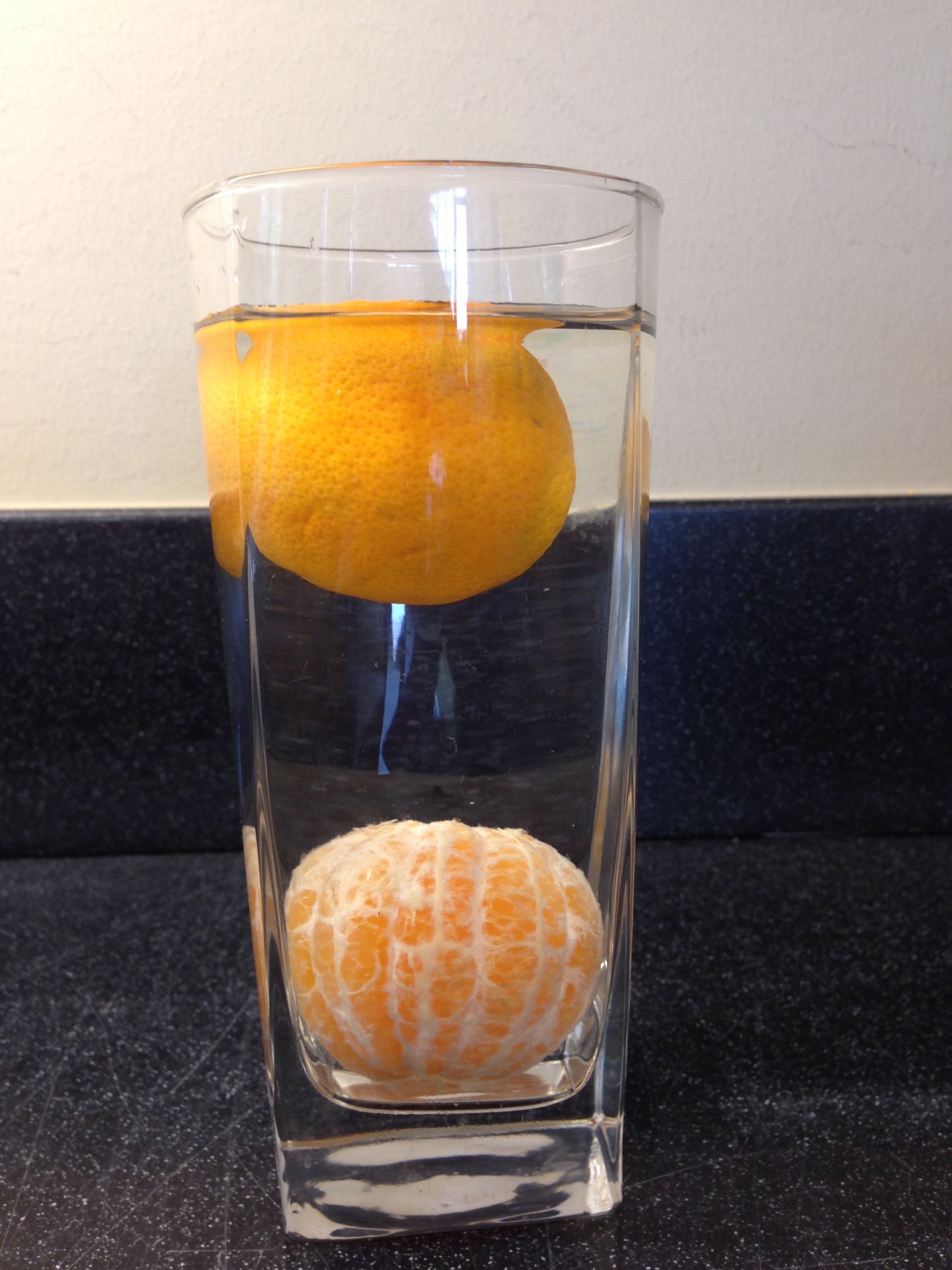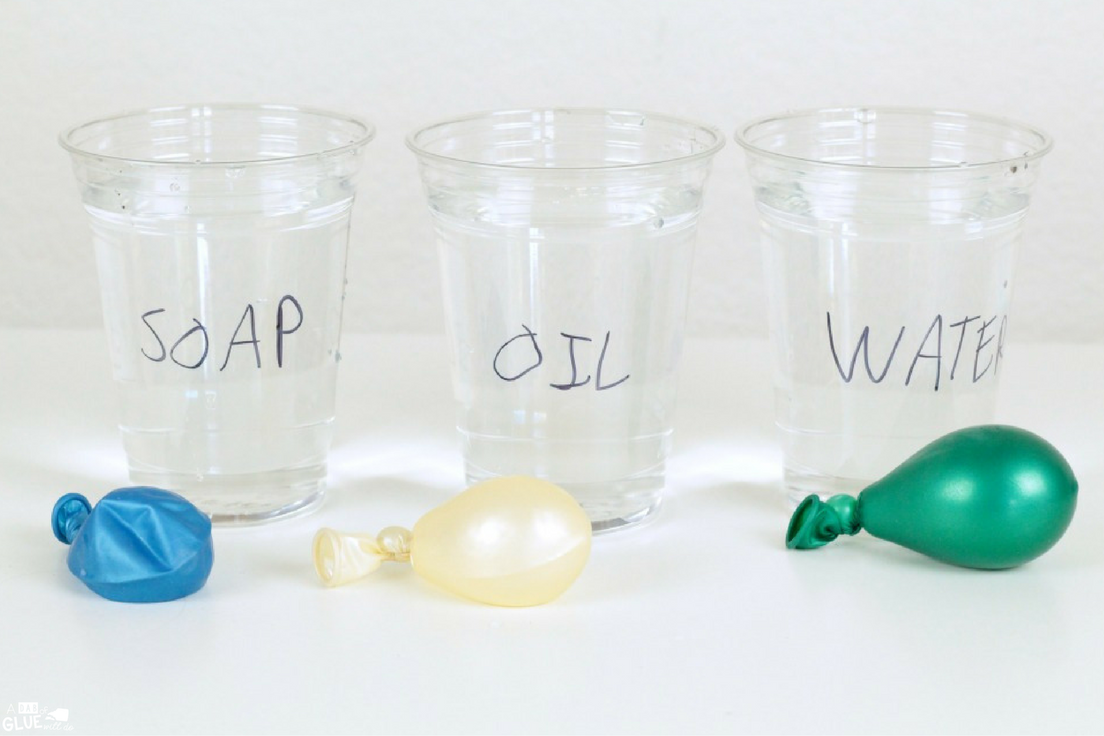Magnets!
We had a fun time learning about magnets.
We learned about types of magnets, magnetic fields, and where we can find magnets.
Did you know that magnets are used in computers, stereos, roller coasters,
electric trains, and even in fans?
We stuck magnets together to feel the 'pull' of the opposite poles (North and South) and felt the 'push' or 'repel' of the same poles (North and North).
We learned that magnets were found in a country called Magnesia.
The magnetic rock was named Magnetite.
Finally we did our hands-on experiments with magnets!
1. We played with Magnetic Slime!
Here is the recipe:
In a bowl, mix 1/2 cup white glue with 1/2 cup water.
Mix in 1 Tb. of Iron Oxide powder.
In a separate bowl mix 1 cup of water with 1 tsp. Borax.
Add the water/borax mixture to the glue mixture and knead until all the water is gone.
The slime will become less sticky as you play with it.
*Use Neodynium Magnets to play with your slime.
2. We put iron filings (hair) on Wooly Willy!
3. We made Homopolar Motors with magnets, batteries, and copper wire!
Homopolar motors are a simple motor used in fans and windmills.
4. We figured out which items were magnetic and which were not.
5. Finally we used magnets to play!
We used a magnetic spider, played with various shapes of magnets,
and built 3-d shapes with magnets.






























